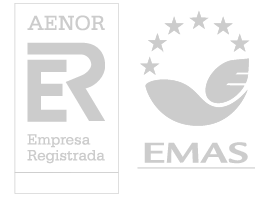INTRODUCTION TO PHOTOVOLTAIC POWER SYSTEMS (2019/20)
- Since : 9/12/19
- Up to : 2/27/21
- Campus Virtual
- Language: Spanish
- Online
Registration available until 8/31/20
Once your registration is accepted you have 180 days to finish the course
Promoted by :
Instituto Interuniversitario de Investigación de Reconocimiento Molecular y Desarrollo Tecnológico
Lead by :
Salvador Seguí Chilet
Course modality
| Face-To-Face | Online | Live broadcast |
|---|---|---|
|
0 hours |
60 hours |
0 hours |
| Venue |
|---|
| TOTALLY online (UPV educational platform: PoliformaT) |
Achievement
ONLINE
2019-2020
6
Virtual
On-campus
Online
| Fee | Target |
|---|---|
| 300 € | General public |





